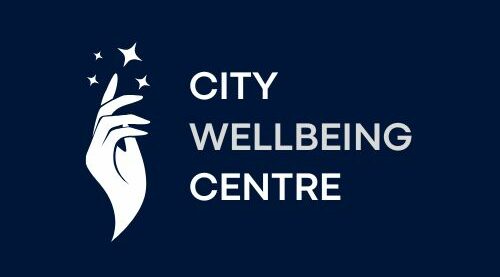In just 25 days, eligible recipients will receive their Supplemental Security Income (SSI) payment for March. The Social Security Administration (SSA) will issue the payments on February 28, ensuring beneficiaries receive their funds by March 1. Individual filers can receive up to $967, while eligible couples can receive $1,450. Essential persons who provide necessary care to SSI recipients will receive $484.
The SSA follows a strict schedule to ensure payments arrive by the first of each month. If the first day of the month falls on a weekend or holiday, payments are sent out on the last business day before that date. Since March 1 falls on a Saturday, the payments will be issued on February 28. This ensures that all beneficiaries have access to their funds without delay and can plan their monthly expenses accordingly.
SSI payments are specifically designed to assist individuals who have a limited income due to disabilities or other qualifying factors. The program is federally funded and aims to provide financial support to those who need it most. Beneficiaries must meet specific income and resource limits to qualify. The payment amounts are periodically adjusted to reflect changes in the cost of living, ensuring that recipients maintain their purchasing power over time.
This scheduling rule means there will be three more instances in 2025 where SSI payments will be sent early:
- June Payment: Sent on May 30 (Friday) since June 1 falls on a weekend.
- September Payment: Sent on August 29 (Friday) since September 1 falls on a weekend.
- November Payment: Sent on October 31 (Friday) since November 1 falls on a weekend.
It is crucial for recipients to be aware of these adjustments so they can budget accordingly and ensure their financial obligations are met without disruption.
SSI payments are provided to individuals who have disabilities that impact their income. The program, managed by the SSA, began in January 1974. Since 1975, payment amounts have been adjusted to align with the cost of living. To qualify for SSI, individuals must meet strict criteria set by the SSA, including limits on income and available resources. Those who receive SSI often rely on it as a primary source of income, making timely payments essential for their well-being.
Many people confuse SSI payments with regular Social Security payments. However, they are different:
- SSI Payments: Specifically for individuals with disabilities and limited income, issued on the first of each month (or the prior business day if it falls on a weekend or holiday).
- Regular Social Security Payments: Primarily for retirees, issued based on the recipient’s birth date, in three waves each month.
Social Security benefits are based on an individual’s earnings history, whereas SSI is a needs-based program that does not require prior work history. Understanding this distinction helps recipients manage their expectations and plan their finances appropriately.
Apart from SSI, there are other government assistance programs available to individuals with limited income. These include:
- Supplemental Nutrition Assistance Program (SNAP): Helps low-income individuals buy food.
- Medicaid: Provides healthcare benefits to eligible low-income individuals.
- Housing Assistance: Includes programs like Section 8 that offer rental assistance to those in need.
- Energy Assistance Programs: Help with utility costs for eligible households.
Recipients of SSI may also qualify for these additional benefits, further helping them meet their financial and daily living needs.
The Social Security Administration ensures that eligible recipients receive their SSI payments on time each month. With March 1 falling on a Saturday, payments will be issued on February 28. Understanding these early payment rules can help beneficiaries plan their finances better. Additionally, knowing the differences between SSI and Social Security retirement payments is essential for financial clarity. Stay informed about future early payments, especially in June, September, and November 2025, to avoid surprises. Furthermore, recipients should explore other government assistance programs that may help ease financial strain and improve their quality of life.

